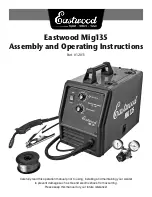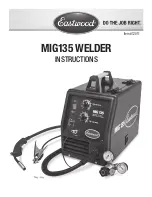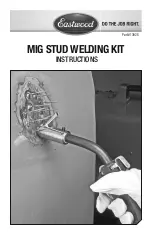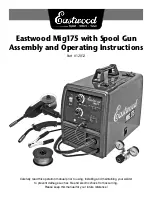
Latest products and information available at www.sealite.com
13
TRIDENT-1400
1400mm dia. Navigation Buoy
Disposal Plan Procedures
Components of the Trident-1400 buoy are recyclable.
Prior to delivery to your local recycling depot, the buoy components should be cleaned free from
marine growth and other foreign debris. Contamination with other materials can often be an issue when
recycling.
Steelwork (including fasteners)
The steelwork used in the Trident-1400 buoy is completely recyclable. Contact your local metal
recycling depot for further instructions.
Each year millions of tons of steel is recycled by steelmaking furnaces throughout North America. This
use of steel scrap to make new steel conserves energy, reduces emissions and conserves natural
resources.
The presence of zinc coating on steel does not restrict steel’s recyclability and all types of zinc-coated
products are recyclable.
Polyethylene
Contact your local recycling depot for polyethylene. Sealite buoys are made from low-density
polyethylene. The buoy components must be clean and in a recyclable condition, and supplied to the
recycling depot in accordance with their specific instructions.
For the purpose of the Solicitation No. FP999-130001/A Sealite shall cover the fair cost of recycling
buoy parts when delivered to recycling depots in accordance with their specific requirements for product
recycling.
Alternatively, Sealite may accept delivery of the clean buoy parts to Sealite USA LLC (NH) at the end of
its service life for disposal by Sealite on behalf of the Canadian Coast Guard.
Buoy components delivered must be cleaned from any debris or marine growth.
Recyclable polyethylene parts are marked;


































